This website uses a variety of cookies, which you consent to if you continue to use this site. You can read our Privacy Policy for
details about how these cookies are used, and to grant or withdraw your consent for certain types of cookies.
Category - Portable Weir Plates
Blog

Grades of Stainless Steel for Flumes and Weirs
In selecting a material of construction for a flume or a weir, it is not uncommon for the decision to be made “go with stainless” without a consideration of the grade of stainless that best fits the application. Both T-304 and T-316 stainless steels are…

Fiberglass Packaged Metering Manholes
Fiberglass packaged metering manholes are an innovative solution to the problem of needing to measure piped flow below grade. Packaged metering manholes factory integrate a flow element (usually a flume, but weirs and magnetic flow meters can also be integrated) directly into a…
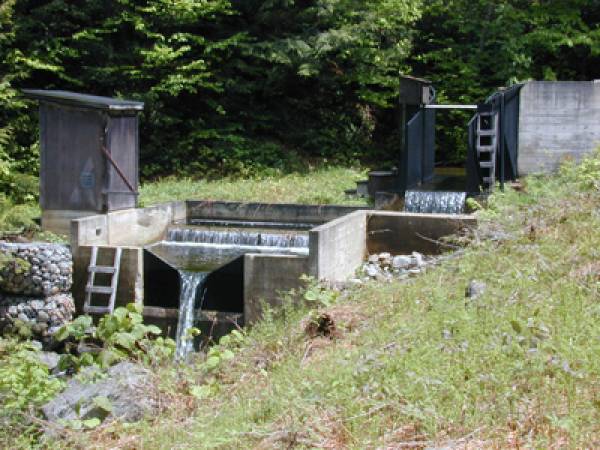
Effects of Crest Rounding on Sharp-Crested Weirs
Investigations by researchers have shown that in sharp-crested weirs even very slight rounding or dulling of the square upstream edge of the weir crest has a measureable effect on discharge. The effect of weir crest rounding on discharge is most evident on well rounded weirs with…
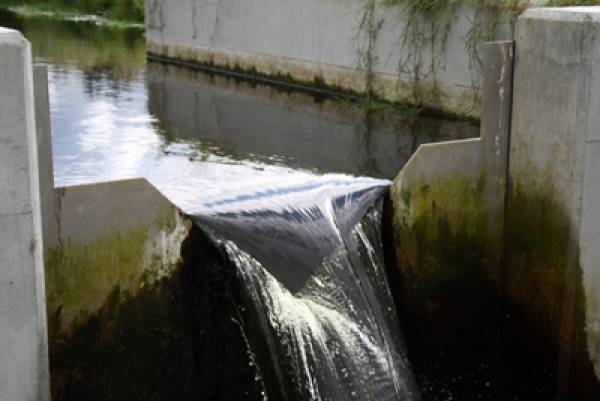
Correcting for Submergence in Thin-Plate Weirs
To accurate measure flow, thin-plate weirs are intended to operate under free-flow conditions with the nappe freely spilling over the weir’s crest. However, there may be occasions when a weir becomes submerged – either through changes or mismanagement of the…
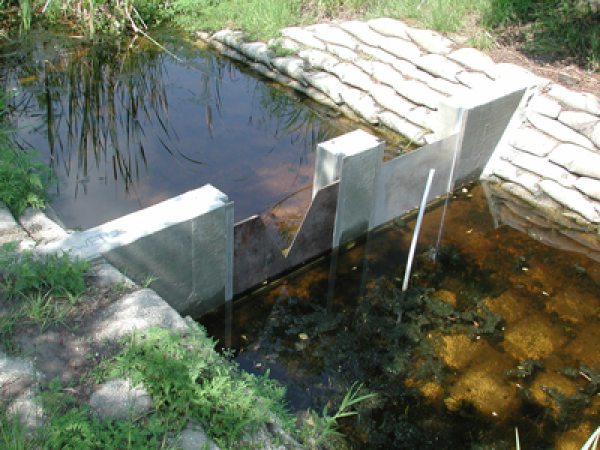
Weir Plate Materials
There is a lot of confusion as to what materials are suitable for making a thin-plate weir from. Some installations use plywood, some stainless steel, some painted steel, and other fiberglass or aluminum. In making a weir plate the most important consideration is the weir…
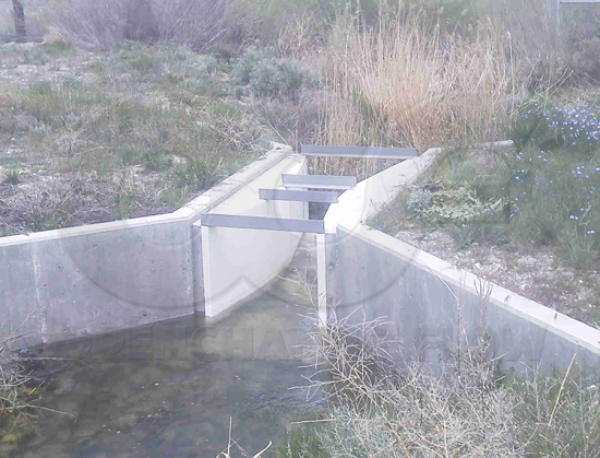
Selecting a Primary Device: Choosing a Weir or Flume Size
In our series on Selecting a Primary Device we looked at: Choosing Between a Weir and a Flume and Choosing a Weir or Flume Style. In this closing article we now look at sizing a weir or flume. The basic consideration in sizing a particular style of weir or flume…
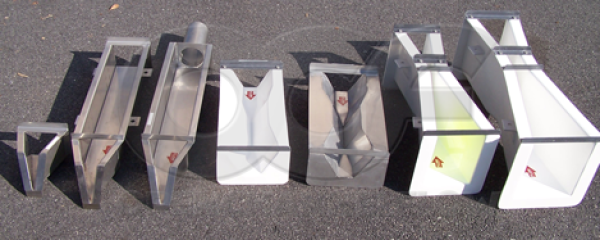
Selecting a Primary Device: Choosing a Weir or Flume Style
In the first article of this series on Selecting a Primary Device we discussed criteria that can be used to select between a weir and a flume. Now our attention turns to selecting a particular style of weir or flume. The choice of device style is normally dictated by the…

Selecting a Primary Device: Choosing Between a Weir and a Flume
The selection of a primary device (weir or flume) for a particular open channel flow application typically can be broken down into three decisions: First – should a weir or a flume be used? Second – which style of weir or flume should be used? Third – which size…

Case Study - Dam Seepage Flow Monitoring - Portland Water Bureau
Customer - Portland Water Bureau Portland Water Bureau had been using painted steel weir boxes to monitor its Bull Run Watershed dams. The longevity of these weir boxes was never very high and several sites have had boxes placed and replaced over the years. Also,…

Free-Flow Equations for V-Notch Weirs of Any Angle
There are six standard angles for V-notch weirs: 22-1/2º, 30º, 45º, 60º, 90º, and 120º, but from time to time this range of sizes is not enough. Sometimes there is a need to correct for a weir plate cut at an incorrect angle. While other…
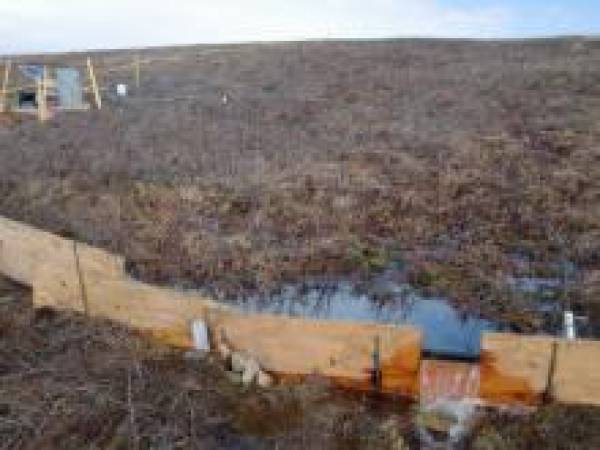
Wooden Weirs in Stream Gauging
Let’s face it – we are all under pressure to save money and accomplish our jobs at a minimum of cost. In stream gauging, it is tempting to use wood (usually plywood) to make a weir from. Why not? The shape of a weir is deceptively simple - just a…

Staff-Level Gauges for Water Level Measurement
Staff ("head" or "level") gauges provide a quick, visual indication of the level of water in a channel, flume, or weir. Although they should not be solely relied on when more precise level measurement devices are available, staff gauges allow operators to quickly gauge the…

LOCATIONS IN ATLANTA, GA & BOISE, ID

